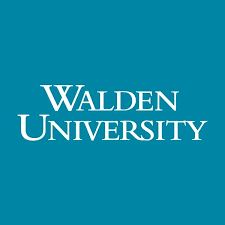
Digital Object Identifier
10.18870/hlrc.v5i1.239
Abstract
Globalisation and international mobility in the 21st century has led to the internationalisation of the English language (Crystal, 2003). Research regarding linguistic gains at university levels is however extremely scarce. This study aims to address this gap of knowledge and provide some answers as to how much linguistic gain can be expected after one year of English medium instruction. Two groups of undergraduate students enrolled in different levels of English medium instruction (EMI) were given a pre and post-test over a 1 year period. Results were analysed statistically; significant gains were found only in the semi- immersion group in the grammatical domain; although, there was a trend for improvement as well as higher scores for full immersion students. It might be interpreted that in order for linguistic gains to be seen in adults there needs to be some focus on form and language guidance (Muñoz, 2007; Pérez-Vidal, 2007). Thus, an integrated content and language (ICLHE) approach is more effective than a solely content based EMI model for university level content courses, if linguistic gains are the desired outcomes of the programme.DOI: 10.18870/hlrc.v5i1.239
Recommended Citation
Ament, J.,
&
Pérez-Vidal, C.
(2015).
Linguistic outcomes of English medium instruction programmes in higher education: A study on economics undergraduates at a Catalan University.
Higher Learning Research Communications, 5 (1).
DOI:10.18870/hlrc.v5i1.239






